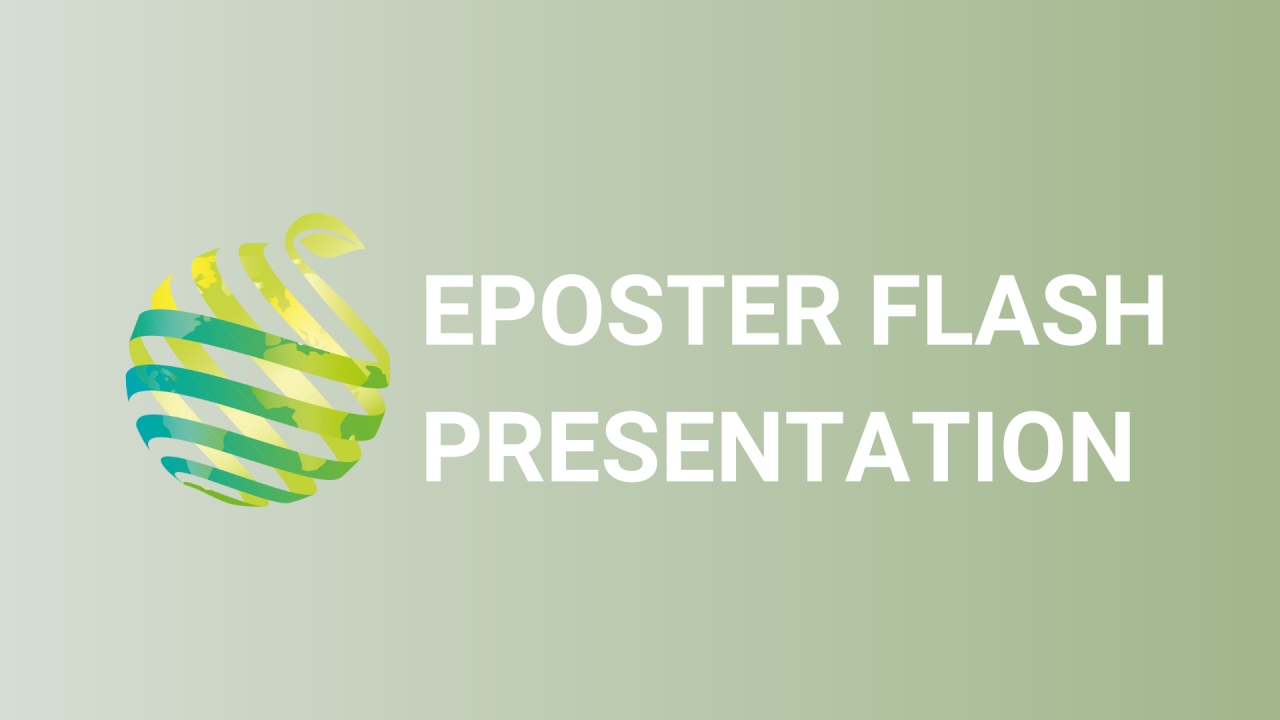

S02 - Session P2 - In situ evaluation of Sour Cherry (Prunus cerasus L.) Landraces Originated of the West Serbia Region
Information
Authors: Aleksandra Koricanac *, Sanja Radi269evi263, Sla273ana Mari263, Ivana Glii263, Neboja Mioevi263, Olga Mitrovi263
Sour cherry ( Prunus cerasus L.) is one of the primary traditional fruit species growing in the Republic of Serbia (RS) and Balkan countries. It is an allotetraploid species, resulted from natural hybridization between ground cherry ( P. fruticosa ) and unreduced pollen of sweet cherry ( P. avium ). Due to polyploidy and continued interspecies gene flow, P. cerasus is characterized by many variations in its morphological properties, particularly in its centre of diversity in Eastern Europe. Sour cherry landraces in RS are an abundant source of diversity, particularly for desirable traits, i.e., ripening time, yield potential, fruit quality and resistance to diseases ‒ for growing as a 'final products' of natural selection, or as parents used in breeding programmes. This study was carried out to evaluate in situ the main biological properties of ten sour cherry genotypes ('GV-6', 'GV-7', 'GV-8', 'GV-10', 'GV-11', 'GV-13', 'GV-14', 'GV-15', 'GV-16', 'GV-16') selected in the West Serbia region. Over two years (2019‒2020), flowering and ripening time, pomological properties (morphometric, chemical, and organoleptic), tree vigour, yield and field resistance to causal agents of diseases [cherry leaf spot ( Blumeriella jaapii (Rehm.) v. Arx.) and brown rot ( Monilinia spp.)] were investigated. The highest average fruit weight was found in 'GV-10' and 'GV-13' (˃7.5 g), whereas the soluble solids content value was the highest in 'GV-7' (17.30%). Regarding field resistance to pathogens, 'GV-6' and 'GV-10' showed the best performance. Having a long tradition in collecting, evaluating, and utilising autochthonous fruit material with good agronomic properties, the Fruit Research Institute, (FRI) in Čačak makes efforts to conserve the aforementioned genotypes. Owing to desirable biological and productive traits, some of them ('GV-6' and 'GV-10') have already been used as parents in the current FRI sour cherry breeding programme.